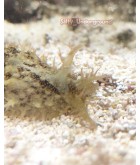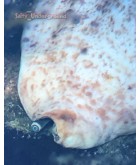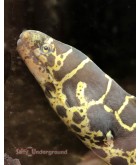Jump to:
Below is a brief description of the common coral growth forms found. Some species will typically grow in a distinctive manner, and you may be tempted to identify the coral in this manner. What is surprising, however, is that a single species can adopt a variety of forms, sometimes even in the same colony. Several factors may affect how a colony will grow, and some of those include light intensity, water current, predators, competition, nutrients, sediments, and so forth.
Massive Corals
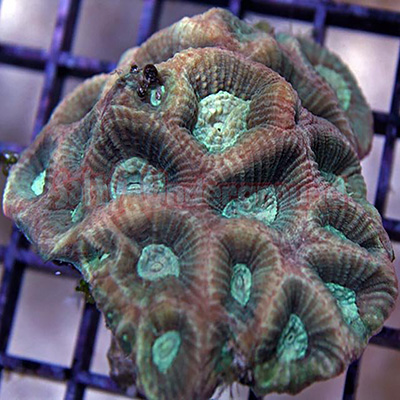
Massive corals grow in a spherical or hemispherical manner, being solid. They are resistant to strong water currents, and are therefore commonly found in shallow and mid-depth waters. As they are long-lived, massive corals can come to look like underwater boulders. They can grow from ½ to 1 ½ inches a year. You can measure their age by counting their tree rings, annual and semi-annual bands of differing skeletal density. These forms are common on back-reef slopes or in smaller form on ironshores.
Columnar corals emerge from a massive base in a pillar form and do not branch. They are commonly found in more mild water flow at mid-depth water levels. Some examples are found among the Psammocora species.
Encrusting Corals
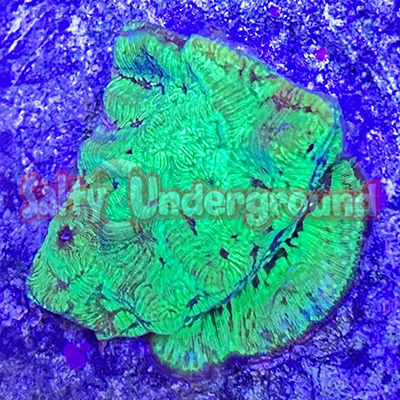
Encrusting corals (also called crustose corals) are highly tolerable of strong water current. For this reason, they are frequently found on ironshores, rocky shorelines lacking a beach. They will cover the substrate in a sheet formation. For many species of coral, this is their beginning form used as a base, before they project up and out into other forms.
Laminar Corals
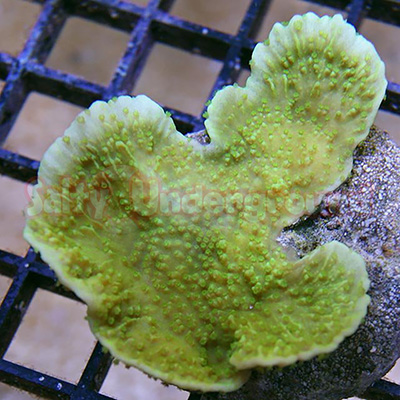
Laminar corals grow in thin plates in deep water. They are commonly found in deep fore-reef slopes. The unique structure and placement of laminar corals, flat, horizontal plates, grown in a terraced pattern, allows for gathering low intensity sunlight. It will also collect nutrients as they drift down from the upper portions of the fore-reef slope. Laminar forms are frequently found among Pachyseris species.
Branching Corals
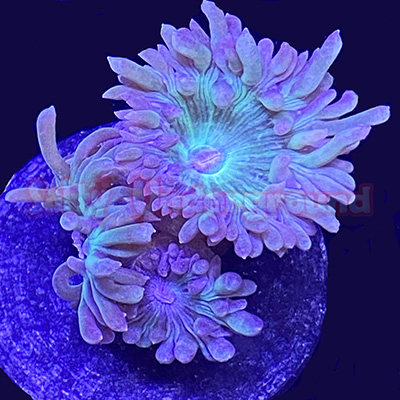
Branching corals (also called arborescent, arboreal, or ramose corals) do just that, they branch like a tree. They grow from a “trunk”, and their branches have projections of their own. They are often dominant on reef crests, where the waves are particularly strong. Contrary to expectations, they also frequently fragment, which is one of the ways they facilitate propagation. Branching forms are commonly found among the Acropora species.
Turbinate Corals
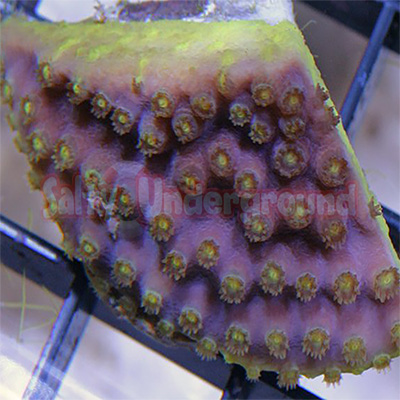
Turbinate corals are cone shaped and usually found in gentler water at mid-depth levels. For example, the back reef-slope frequently has this form of corals. It is protected from the stronger currents by the reef crest and reef flat. The resulting swirling current of the back reef slope helps shape the turbinate corals. Consequently, the edges of the cone shape become fluted.
Tabulate Corals
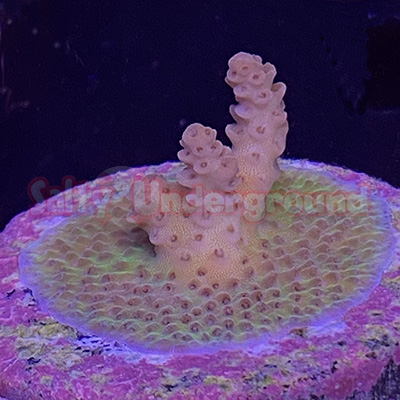
Tabulate corals (also called table corals) are platforms of short, closely spaced, branching corals. Their earliest form is encrusting. Then they grow vertically until they have matured. At that point, they start spreading into tables, and will often be terraced. Tabulate corals are usually found in shallow waters. Understandably, Acropora species commonly are tabulate, as they are frequently branching.


